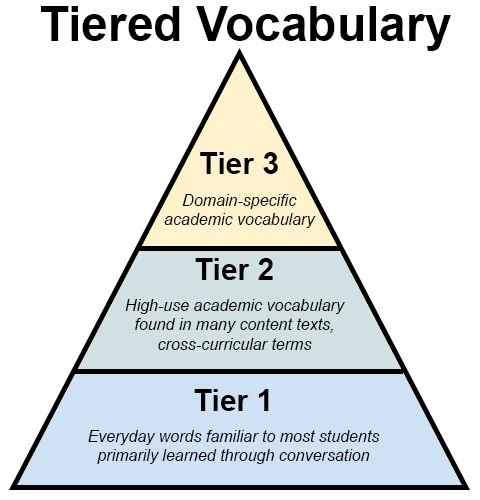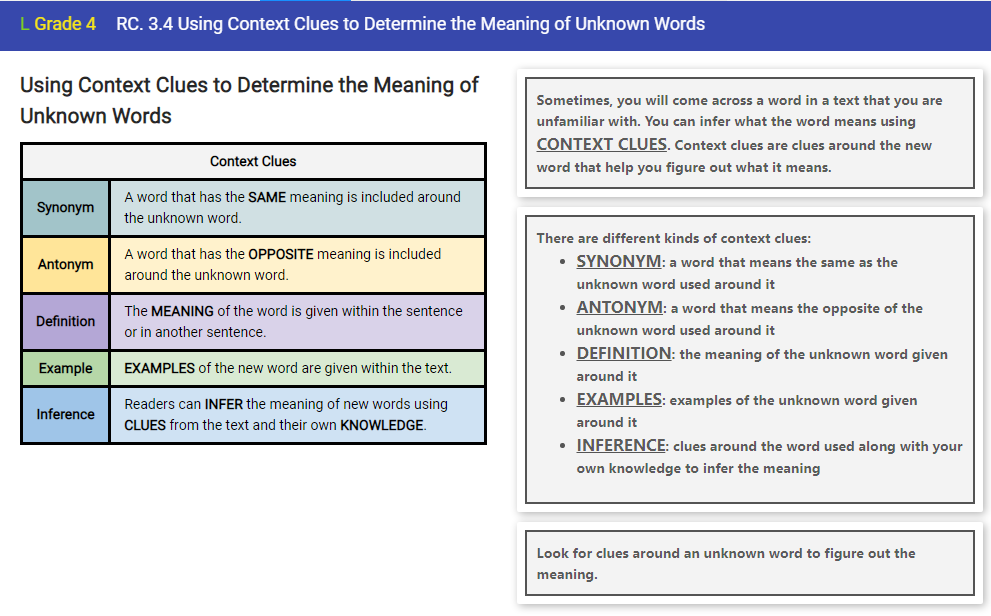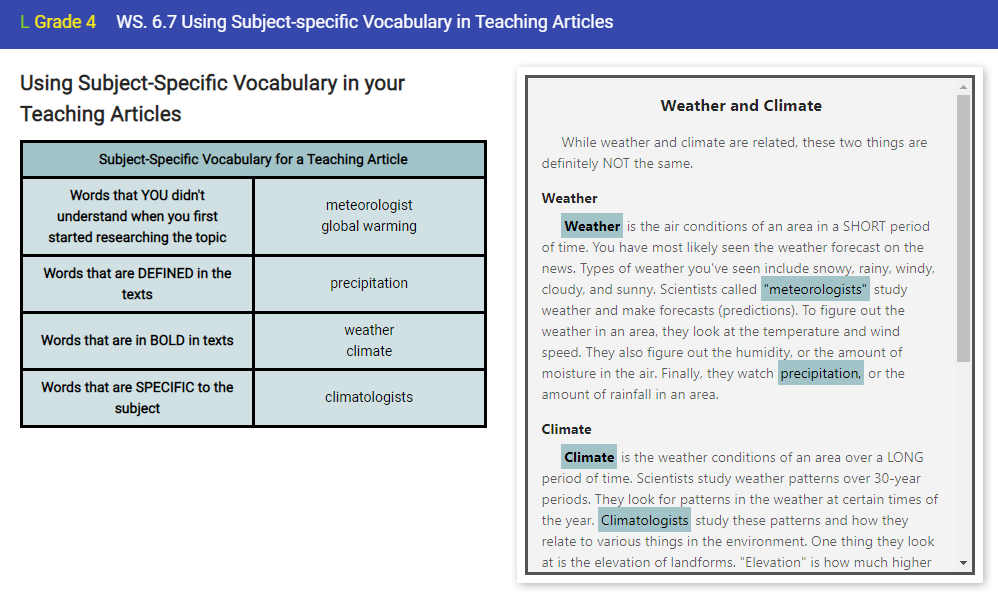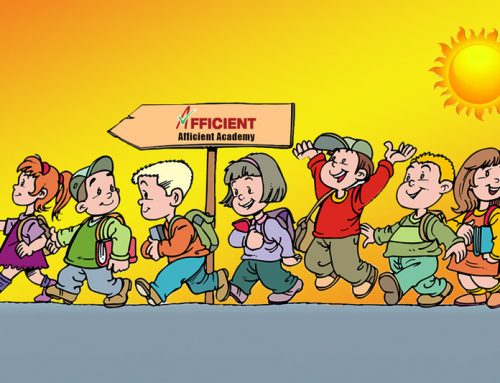Last week, we discussed the importance of leveled reading in developing literacy skills. Another essential component to increasing literacy and critical thinking skills is vocabulary development. When I entered kindergarten, teachers and other adults were surprised at my highly advanced vocabulary for such a young child. This resulted from two actions taken from infancy: my mother both read and talked to me often. Even more importantly, she spoke to me before, during, and after reading to make sure I understood the meaning of the new words we came across, the plot of the stories, and the important lessons to take from the texts. Thus, I entered kindergarten with an innate understanding of how to comprehend reading material.
The importance of talking to and reading with your child may seem obvious, but children actually enter schools with starkly different levels of academic vocabulary acquisition. In 1992, child psychologists Betty Hart and Todd Risley at the University of Kansas conducted the first of many studies that revealed the importance of exposing children to verbal language early and often. The study found that by 18 months, children in different socio-economic groups displayed massive differences in the number of words they recognize and understand. A 2017 study using modern LENA technology confirmed a roughly 4 million word gap by age 4 between children from high-income and low-income families. Furthermore, a 2007 study called Kindergarten Oral Language Skill confirmed that gaps in children’s language levels in kindergarten account for much of the achievement gap between children from high and low-income families. This issue also becomes more complicated if race, ethnicity, and native language are taken into account since English Language Learners in American classrooms are already working to catch up to their peers who grew up exposed to conversational English at home. This means that both explicit and implicit vocabulary instruction is vital to meet the needs of most learners.
All Students are Academic English Language Learners
Regardless of native language, ALL students enter the classroom as academic language learners. This means that while students begin kindergarten knowing words, they need to gradually and systematically develop an understanding of ACADEMIC language. To better understand what this means, we need to know the three tiers of vocabulary:

The majority of words that students learn implicitly in everyday conversation are Tier 1 words. These are words like “dog” and high-frequency words that students are taught beginning in kindergarten. It is important to explicitly teach children the 1000 high-frequency words on Fry’s list from a young age, particularly if students are English language learners (ELLs). This will help ALL students in their listening and reading comprehension.
But students really develop their vocabularies when they are taught Tier 2 words, more commonly called “academic language.” These are more advanced words like “canine” that are essential to understanding more complex texts. Teachers and curriculums need to emphasize these common, high-utility words that students need to understand to meet their educational goals.
Finally, there are Tier 3 words, which are words that students CANNOT learn implicitly. These are topic-specific, often technical vocabulary not used in everyday conversation. For example, the scientific term for “dog” is “canis lupus familiaris.” While these words can be fascinating and important in some contexts, they do not have high utility for the average learner. Therefore, teachers and curriculums should not spend much time teaching Tier 3 words and spend the bulk of time expanding Tier 2 vocabularies.
Vocabulary Acquisition Strategies
So, how do we teach these Tier 2 words? The first step is to make sure that students can figure out the meaning of unknown words independently. It is essential to teach students how to look up new words in the dictionary and use the five types of context clues within TEXT to figure out the meaning of those words. This includes finding synonyms, antonyms, definitions, using examples, and using these clues to make inferences.

Students also need to identify homophones (words that sound alike but have different meanings), homographs (words that are spelled the same but have different meanings), and various types of analogies. Students also need to know how to break words apart using roots and affixes and learn different types of figurative language (similes, metaphors, idioms, etc.). Once students have been explicitly taught these strategies, they can work to develop their vocabularies.
Vocabulary Exposure and Reinforcement
The other part of vocabulary instruction is exposure to academic vocabulary through complex texts. Students should be exposed to developmentally appropriate fiction and nonfiction texts with enough words that challenge their comprehension without overwhelming them.

Teachers and curriculums need to teach these vocabulary words and ensure that students retain academic vocabulary through repeated exposure to the words in different contexts. By teaching students vocabulary acquisition strategies and exposing them to texts that consistently require them to use these strategies, students can build their academic language banks.
How does Afficient English Build Academic English Vocabulary?
At Afficient Academy, we are committed to expanding our students’ vocabularies using explicit and implicit instruction. Within our English Language Arts module, we have vocabulary acquisition lessons that teach students how to use context clues to find the meaning of unknown words, identify synonyms, antonyms, homophones, homographs, and analogies. We also have a complementary Vocabulary module, which explicitly teaches and reinforces student understanding of 300 Tier 2 words taken from our reading comprehension texts for each grade level. Therefore, students learn and practice the words to help them comprehend the texts they encounter in the English Language Arts module. This dual approach to vocabulary instruction ensures that we meet the needs of ALL language learners. Take our free diagnostic test for Afficient English today to determine your child’s level in English Language Arts and Vocabulary. Have a question? Give us a call at 408-726-2245 or send us an email at info@afficienta.com.






Leave A Comment